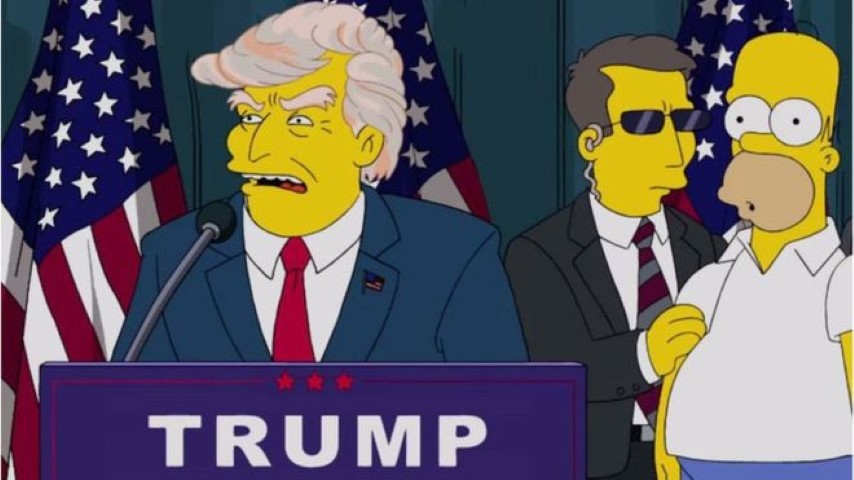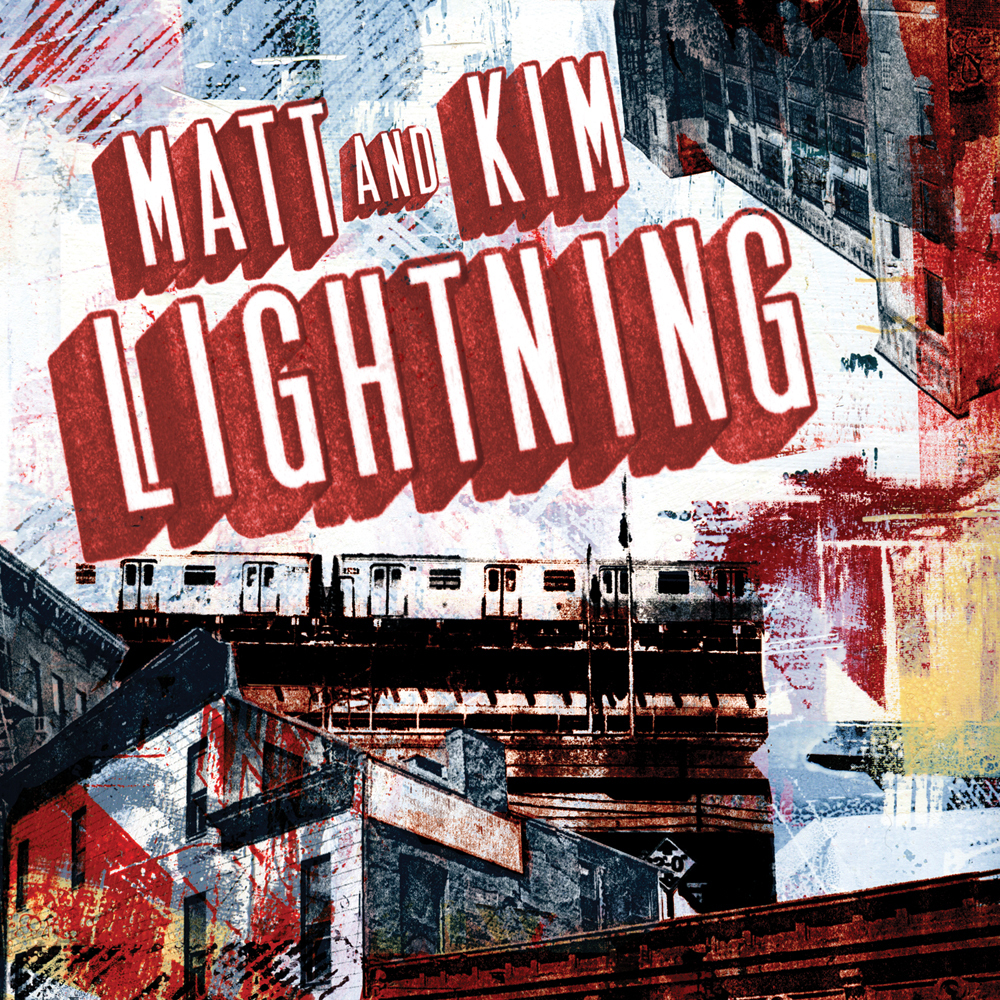By Angela Espinoza, Arts Editor
This Thursday, January 10, the Amelia Douglas Art Gallery will be installing its first new exhibit of 2013. UNIBUG and Greenlinks, extensions of the Douglas College-run Institute of Urban Ecology (IUE), will be providing the artworks for this six-week long showcase. I was able to speak to Veronica Wahl, one of the folks helping co-ordinate the exhibit, and briefly to Robert McGregor, director of the IUE, in the days leading up to the show’s opening later this week.
Wahl opened with some background information on UNIBUG, a recent addition to the IUE.
“The Institute of Urban Ecology launched the UNIBUG Project in 2011,” Wahl began. “The User Network for Insect Biology in the Urban Garden (UNIBUG) is focused on engaging local communities in developing sustainable gardening practices.”
Wahl further explained that these practices include discovering which types of plants catch the attention of certain insects. The work requires a great deal of research on the group’s part, which was aided by a helpful bunch of volunteers who monitor their own local gardens.
“The monitoring is done by counting biological control insects found in traps associated with our test plants, as well as control traps (those set away from the test plants). Through comparing the results from the different trap types, we can learn more about the plants that attract these beneficial insects to the gardens. By attracting biological control insects to gardens to manage pests, we can then reduce the need for chemical pesticides in urban gardens.”
So if that didn’t say it all for you, the works being presented are based entirely around the science of finding safer ways to keep our gardens—and therefore flora and even food—at their healthiest. The Greenlinks exhibits, which there have been a number of in past years at the college, provide a more artistic route of getting students and even those outside the school interested in similar projects organized by the IUE. McGregor elaborates:
“The Institute of Urban Ecology (IUE) was established over 20 years ago. In most years since then, IUE has presented a Greenlinks art show in the Amelia Douglas Gallery. Most of these exhibits pair artists that use nature themes in their art with exhibits of material that promote the work of IUE. We have presented shows that feature particular themes like biological diversity or biological control of agricultural pests. This year’s exhibit is unique as the art presented directly showcases (tells the story of) an IUE project (the UNIBUG project).”
The artists involved with this year’s exhibit are photographer Mikki Herbold and artist Ewan McNeil. McNeil’s portion of works will include paintings previously done with the theme of nature, while Herbold’s works are direct photos of the Greenlinks volunteers and the work they’ve done. With all this inner working on the project, Herbold is also one of the show’s co-coordinators, as Wahl explains.
“At first [Herbold] and I got together largely for practical reasons, because I know the volunteers and was able to introduce her to them and arrange for them all to meet for the photo sessions. However, it has developed into more than that. Together, [Herbold] and I have been working to create the ‘story’ of the project in words and, more importantly, in images.
“Because I’ve been developing the UNIBUG Project from its beginning, I’ve been telling that story to [Herbold] so that she could translate it into the pictures. I’m actually a bit sad that the project is wrapping up because I have really had a great time working with her. [Herbold] is the artist of the UNIBUG Photo Story and has taken some amazing pictures for the show. She seems to have this intuitive sense about people and to be able to take the beautiful spirit that they have inside them and to make it come out in the photos for everyone to see.”
There’s a passion to this upcoming exhibit that doesn’t always get to be seen in a similar way, since much of this show strictly has to do with an actual part of the college. It’s integral that the show be seen to get an idea of how much we can help out every so often with just making life a little greener for everybody.
“I would like people to know that helping the environment can be easy and even fun,” says Wahl. Often we get very gloom and doom messages about the environment. UNIBUG shows that being more environmentally sustainable can be as simple as planting particular types of flowers in your garden. Volunteering with a project like UNIBUG can also be very empowering as it allows people to become part of developing solutions to environmental concerns—in this case, to support more sustainable gardening practices.
“Without the volunteers the project would not exist, and we could not have obtained the results that we have gotten so far, or those that we hope to gain in the future. This past summer, we had almost 40 volunteers monitoring 37 sets of traps in 18 gardens in Metro Vancouver. Our volunteers ranged from one-and-a-half to 82-year-olds, and have a variety of backgrounds from novice to award-winning gardeners.”
Wahl also made clear that these volunteers weren’t science majors, but also that isn’t the point. The entire project is to show just how simple getting involved with something like UNIBUG can be, and as we’re going to see in the exhibit this Thursday, how beautiful the results can be. I will end with a note from Wahl for those interested, or who might be interested after seeing the exhibit:
“If people are interested in volunteering with UNIBUG or learning more about the project, they may contact me at iue@douglascollege.ca. We are also having our second UNIBUG Forum in a few weeks (tentatively February 16).”
Image from Mikki Herbold.



